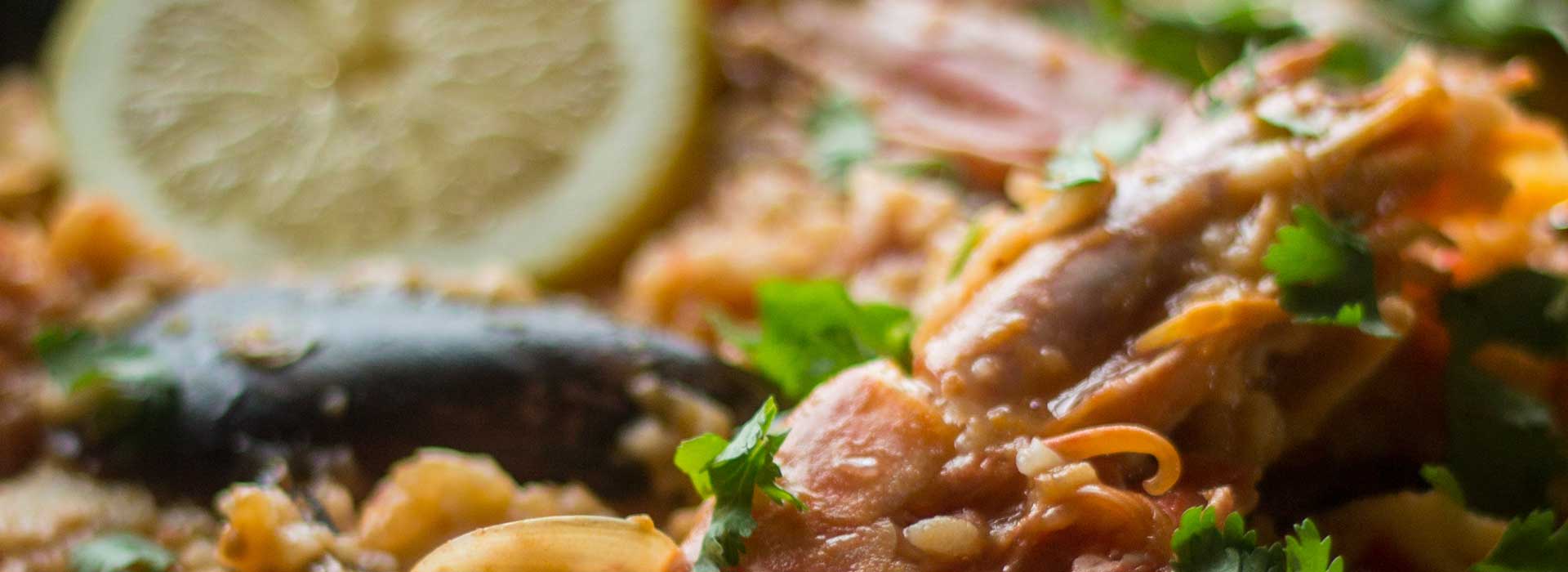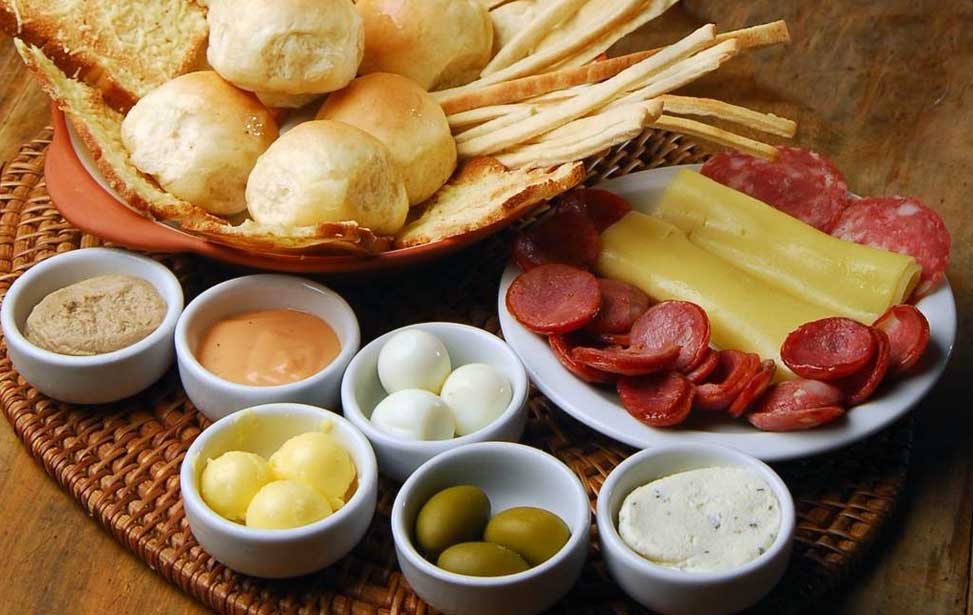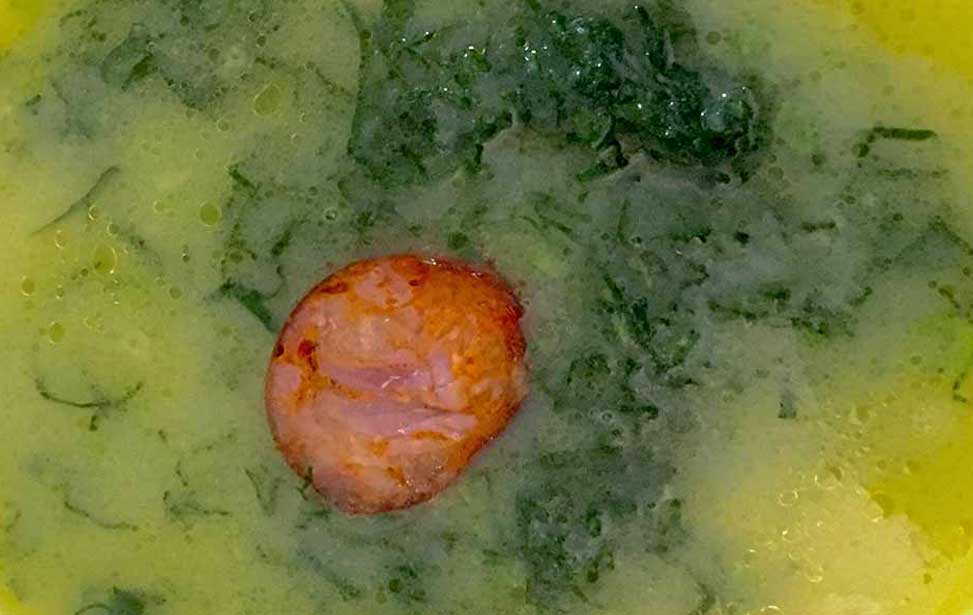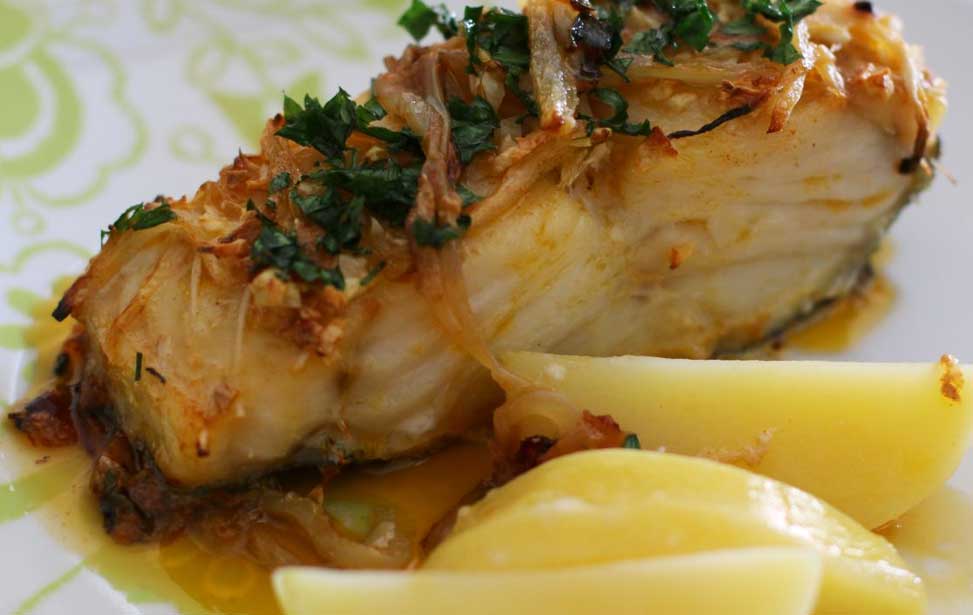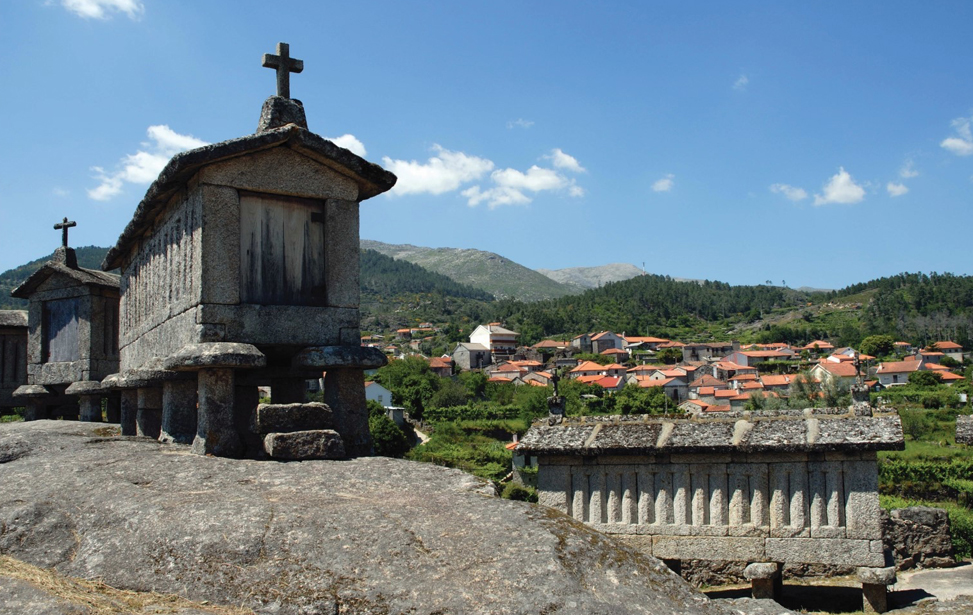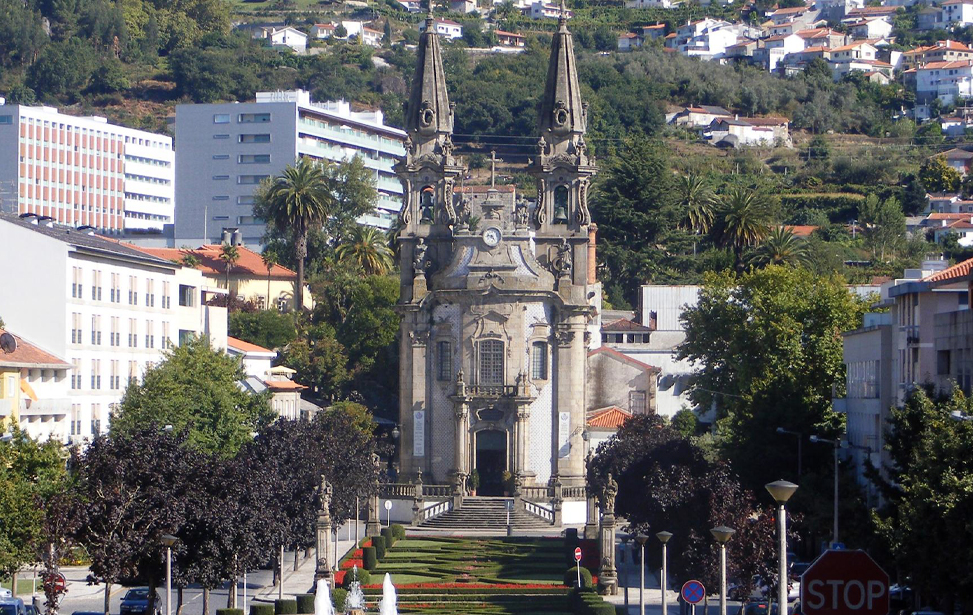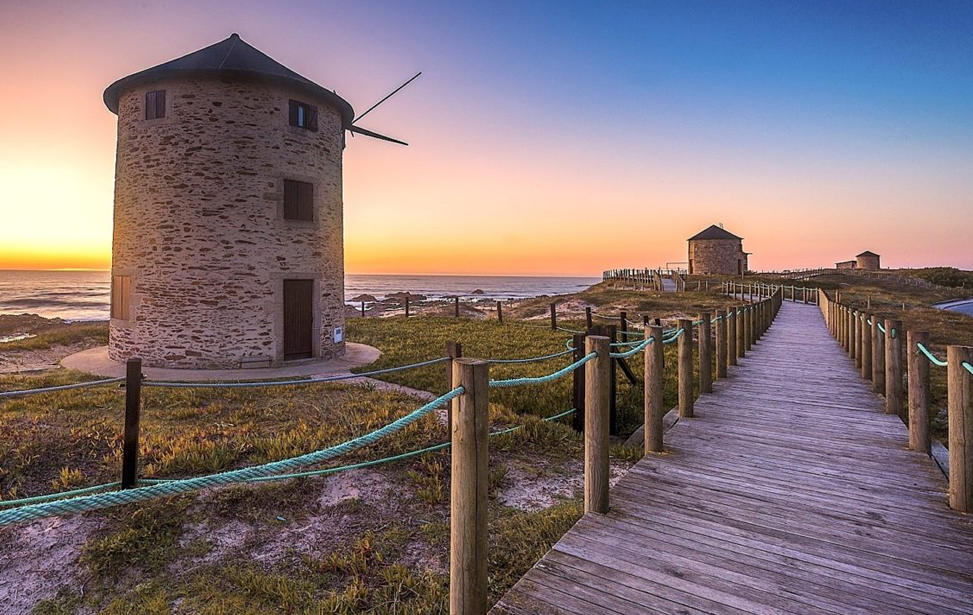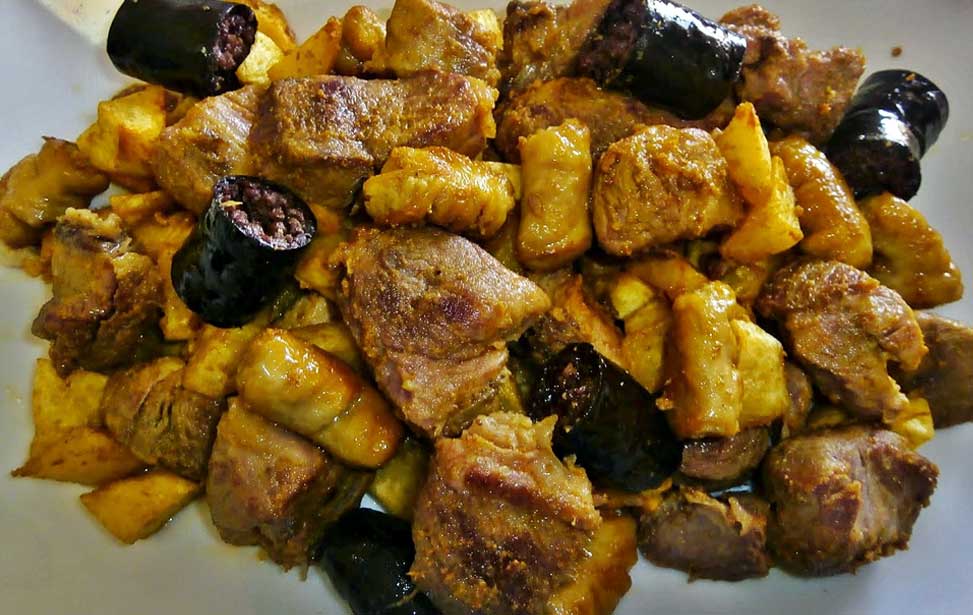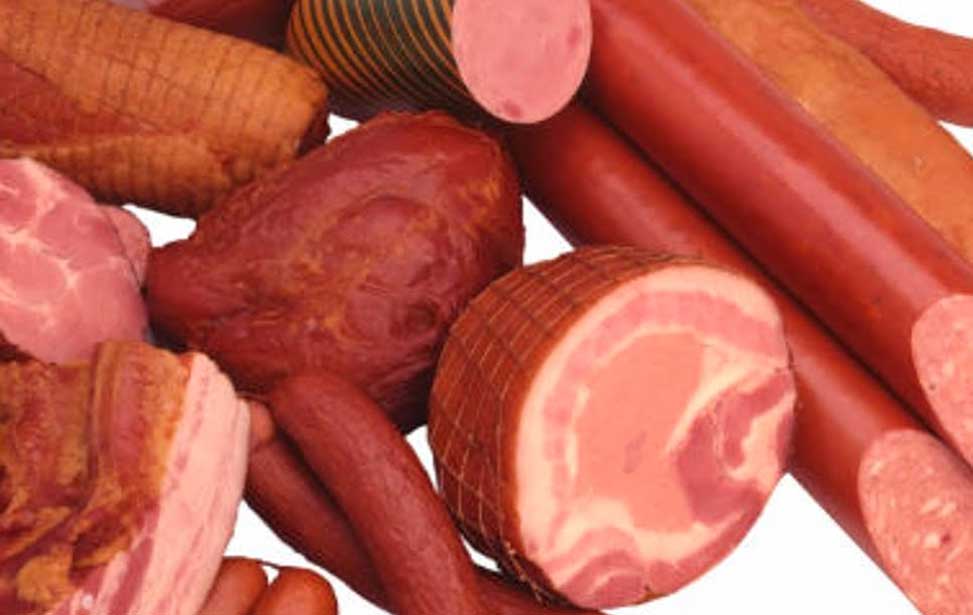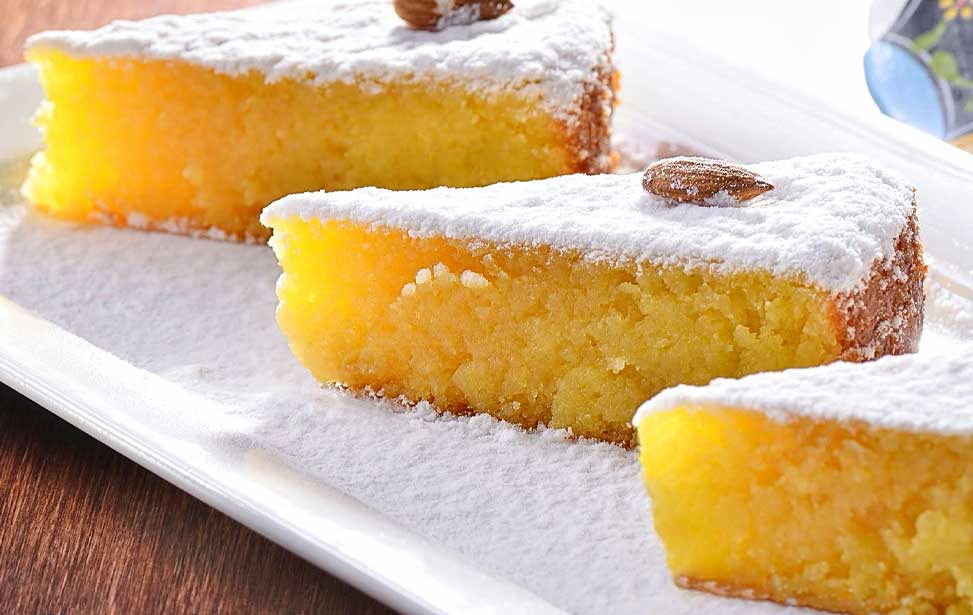GASTRONOMY OF THE MINHO
When you go to the Minho, take your appetite with you, restaurant portions are as generous as the locals. That said, don't be embarrassed to ask for a "meia dose"… half portion. The Minhotan restaurants are usually traditional in nature serving local cuisine and fresh local produce. The cuisine in the Minho reflects the landscapes found there; from the sea and rivers comes fish; Bacalhau, Lamprey and Shad are local delicacies. The ground gives forth ingredients for the delicious cornbread (broa de milho), the Cove Galega cabbage, the main ingredient for the Caldo Verde soup and an array of superb vegetables, fruit and salads.
The meat here is equally prized. In Porto offal is used in creative ways, beef is derived from the distinctive Arouquesa and Cachena long-horned cattle, kid from the Cabrito das Terras Altas do Minho goat, pork from the Bisaro pig and many other succulent types of meat obtained from free-ranging animals. Hams, Chouriços are also popular here. Pulses are used to bulk out hearty stews. Minhotans also have a sweet tooth and many towns have their own specialities, Arroz Doce, sweet rice pudding is believed to have originated here.


 MAD ABOUT LISBON
MAD ABOUT LISBON MAD ABOUT SINTRA
MAD ABOUT SINTRA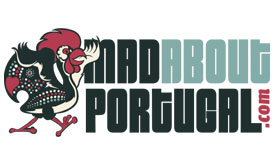 MAD ABOUT PORTUGAL
MAD ABOUT PORTUGAL